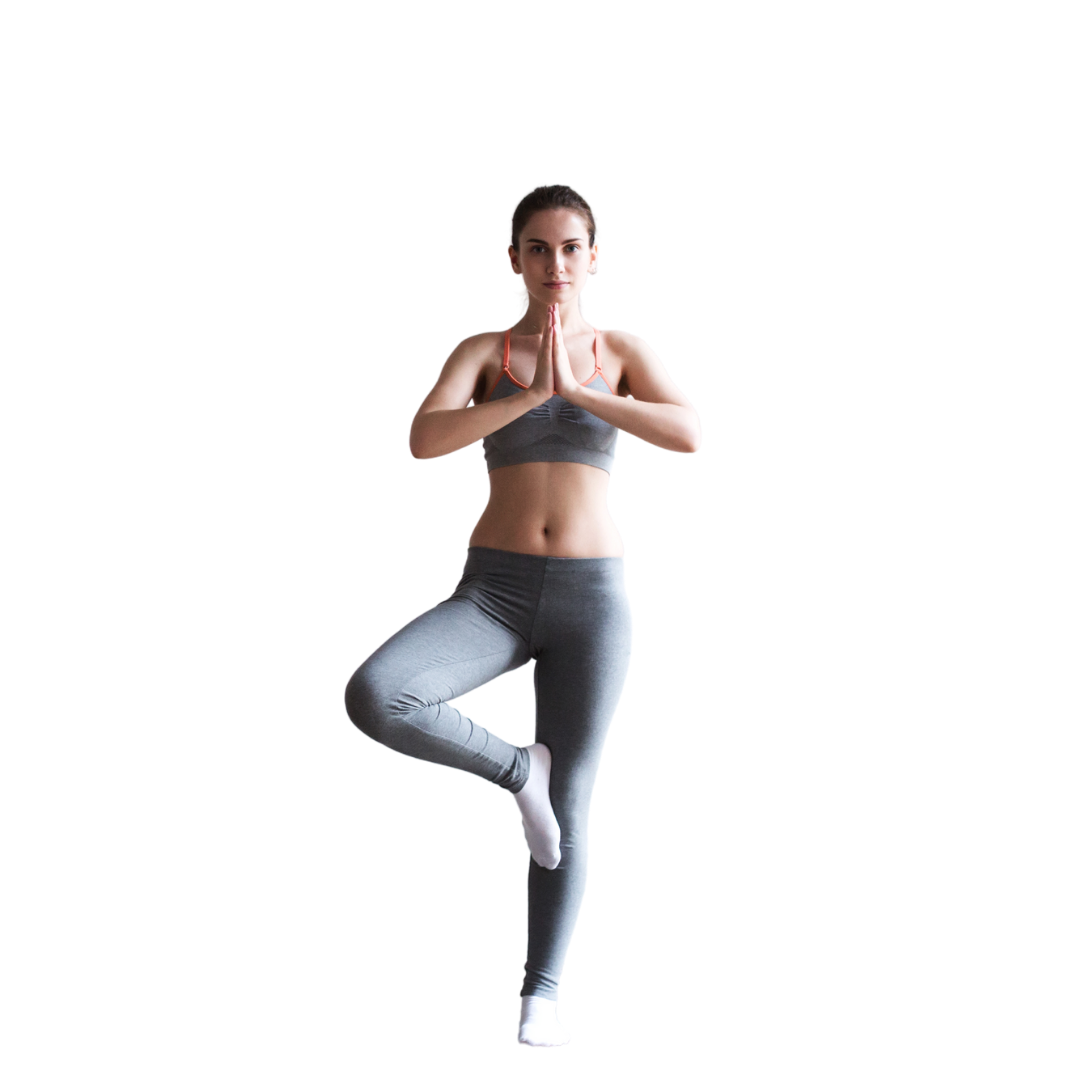Yoga Asanas For Stress Relief
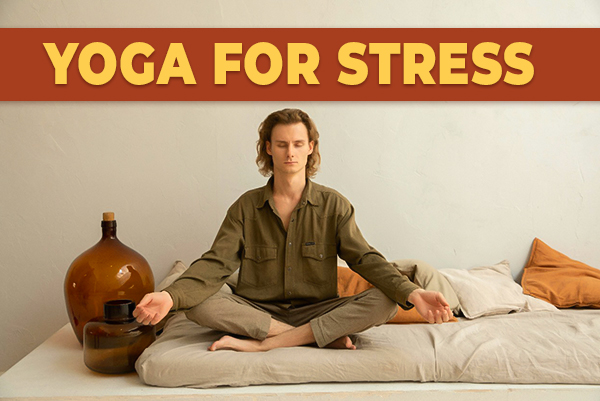

Yoga Asanas For Stress Relief
Table of Content
What is Stress
Nowadays, we have heard of the word stress very often. Right from a teenager to the old age people. Everyone says I am under stress because of assignment pressure, work pressure, relationship issues, money issues, etc. But are we really stressed or are the body just experiencing a gush of emotions or a fight and flight response or is it really hindering our life?
To know this, first we have to understand what stress is? Lets dive into another realm of knowledge. Stress is a natural reaction or response that prepares our body to face any threats or danger. It is a natural process and happens to every individual. When a person faces a stressful situation, the body activates its fight-or-flight response, releasing hormones such as cotisol and adrenaline to prepare for the action. But above a certain threshold nothing can be a normal, so if the stress or the gush of emotions is reaching above its threshold then it’s an alarm to the human body that something is off and we have to diagnose it.
Stress can arise from many sources, ranging from work-related pressures and financial concerns to interpersonal conflicts and major life transitions. The demands of modern life, characterized by constant connectivity and informative overload, can exacerbate feelings of overwhelm and anxiety. Additionally, individual factors such as personality traits, coping mechanisms, and past experiences can influence how one responds to stressors. Stress is not always bad sometimes, it is good also as it can act as a motivator, helps your body adjust to a new situations.
Causes
Stress can arise from various sources, including:
- Work-related pressures
- Financial concerns
- Interpersonal conflicts
- Major life transitions
Symptoms
- Insomnia
- Digestive issues
- Headaches
- Weak immune system
- Irritability
- Unhealthy behaviors like smoking and excessive alcohol consumption
- Overeating
- Sadness
- Chronic fatigue
How we can manage stress
Now the question is how we can overcome stress or how we can manage our bad stress. So the answer to this is “YOGA: Harmonization of mind, body and soul”.
It relaxes your mind and body and so it can be very beneficial for managing stress. According to the studies, the person who practice yoga can maintain their cortisol level and positively affect the parasympathetic nervous system.
With Yoga, you can also practice meditation and breathing exercises and be consistent with your activity. Apart from physical activity, have healthy food for your body and do mindful eating instead of just feeding your stomach. With such small steps you will see a visible and a good change within you.
Yoga Poses for Stress Relief
Cat and cow pose
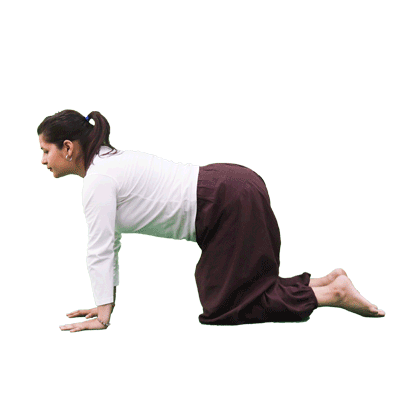
1. Start by keeping your palms and knees on the mat so that your palms are aligned with your shoulder and your knees are aligned with your hips.
2. Shift your weight back and forth and side to side.
3. Return to the center and ensure you have the same weight on all four points.
4. Breathe in, let your belly fill with air, and drop to the mat.
5. Look at the ceiling and lengthen your neck and throat.
6. Exhale and take your navel towards the spine as much as you can.
7. Tuck your chin into your chest as you lift and turn your spine toward the ceiling.
8. Continue this flowing motion for a few minutes.
9. Release by sinking back into the child's pose (Balasana) for a moment.
Uttanasana (Bending forward while standing)
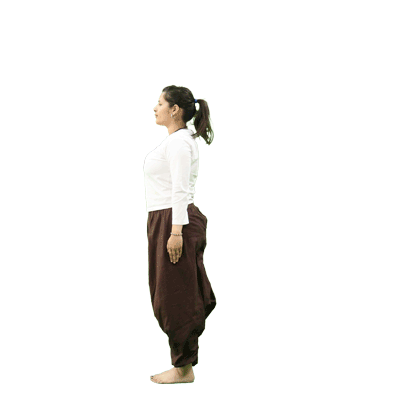
1. Stand straight on the mat with a happy attitude.
2. Exhale and lean forward.
3. Come down and place your palms on the ground near your heels.
4. Don't let your knees bend.
5. In the final position, do not let your head touch your knee; stretch your neck and look up.
6. The spine must also be extended.
7. Deepen your breath.
8. Then exhale and raise your head to your knees.
9. Breathe normally and stay in this position for about a minute.
10. Then, raise your head first, breathe, and raise your arms back to the starting position.
Sukhasana (Easy Pose)
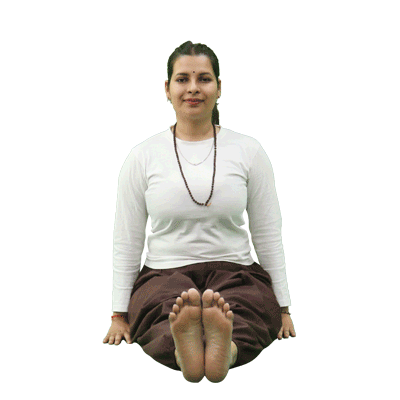
1. Sit down comfortably on the ground and bend your knees.
2. Keep both your hands in your lap or on your knees.
3. Keep the spine, neck, and head straight.
4. Concentrate on the breath. (Breathe deeply).
Benefits:
- It is beneficial for the swiftness of the body, mental peace, and keeping the body disease-free.
Matsyasana
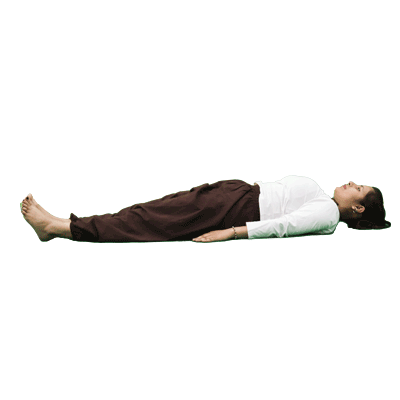
Matsyasana is a great pose after shrugs or auras because it stretches the body in the opposite direction. In yoga, people call this a counter pose. Fish Pose is easy to perform and perfect for beginners.
To perform fish pose, a person must:
1. Sit with your legs stretched out in front of you.
2. Place your hands on the mat behind them so that your fingers are under their butt.
3. Place your elbows on the mat and lean back.
4. Align your shoulders with your elbows.
5. Gently lower your head back as far as is comfortable, eventually trying to touch the crown of your head on the mat.
6. Keep your chest up and open, imagining the rope pulling it up into the sky.
7. Take three deep breaths.
Child Pose
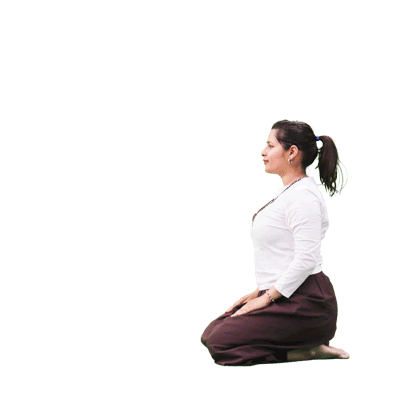
1. Sit on your knees keeping your heels under your hips.
2. Open your legs and then inhale and stretch both your hand in an upward direction and slowly while exhaling bring your both hands in front and then onto your mat.
3. Ensure your chest rests on your thighs and your forehead on the mat.
4. Relax in this posture for 5-7 breaths.
5. It eases stress and relaxes your nervous system. It is also called a counterpose of the backbending.
Corpse or Savasana
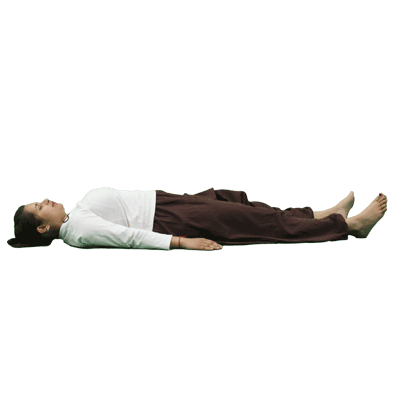
1. Lie comfortably on your mat, keeping a distance of 1 foot between your legs and then palms facing the sky.
2. Now gently close your eyes, one deep inhale and exhale and now gently close your eyes.
3. Guide your body to reach a state of relaxation from top to head.
4. Convey every single cell of your body to stay calm and relax.
Savasana can potentially energize your body equivalent to 8 hours of sleep if done properly. In short, it helps elevate your mood, provide energy for the rest of the day, reducing stress.
Conclusion
Stress is an unavoidable aspect of the human experience, but it need not be a source of suffering and despair. By understanding the nature of stress, identifying its causes and effects, and implementing effective coping strategies, we can navigate life's challenges with grace, resilience, and purpose. One important point to note here is to seek your doctor, don’t be a doctor for yourself. If you are facing chronic stress, it's better to see your doctor along with the things which we have discussed in this article.
क्या आप योग में करियर बनाने को लेकर "Confuse" हैं?
Join Free Webinar By Maneesh Sir
- Know About Opportunities in the Growing Yoga Sector.
- Learn from a Yoga Teacher with Over 15 Years of Experience.
- Special Offer for Webinar Attendees.


